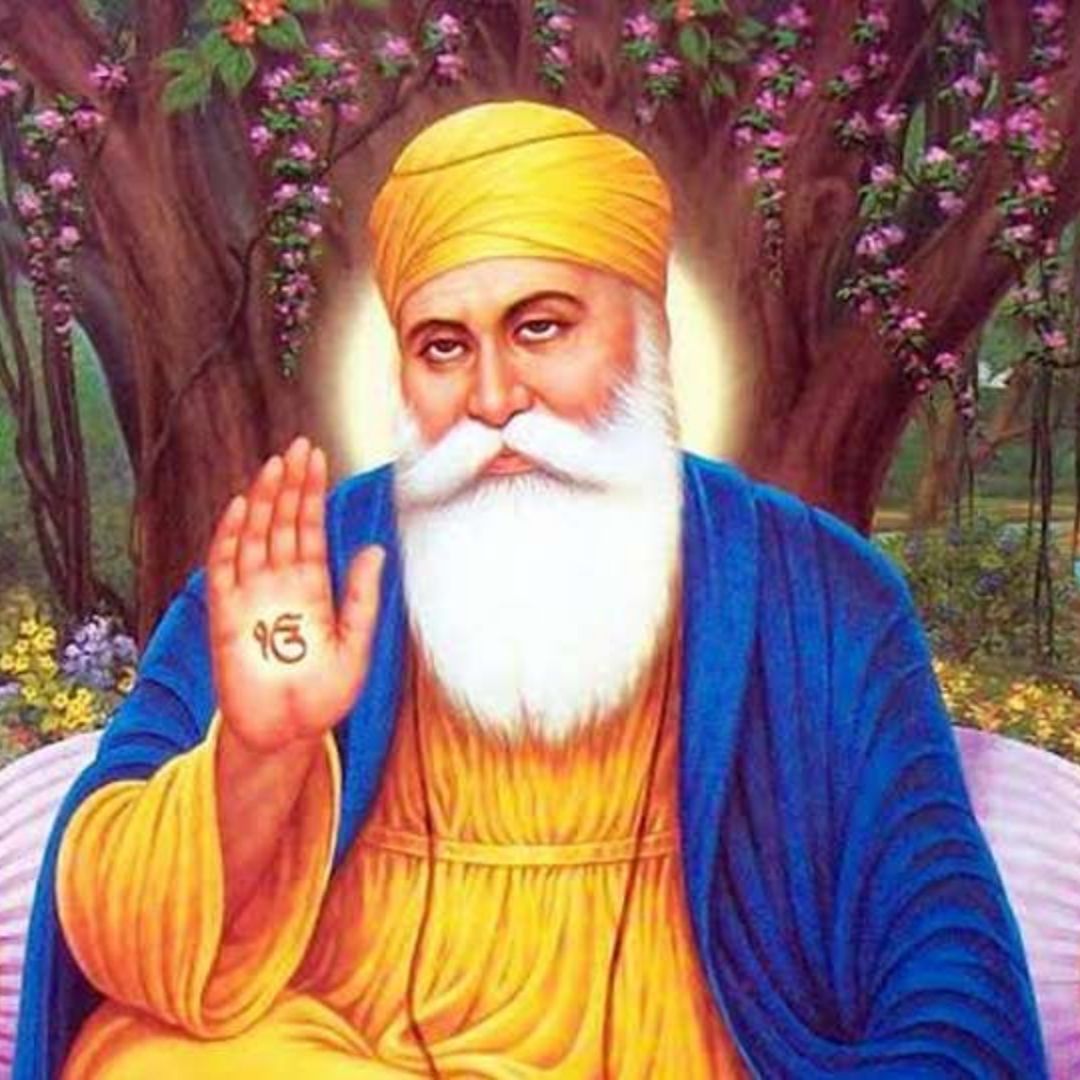
Image Credits: Jagran
Guru Nanak Jayanti: Remembering The First Guru Who Laid Foundation Of Sikhism
Writer: Tashafi Nazir
For most people, journalism sounds hectic and chaotic. For her, it's a passion she has been chasing for years. With an extensive media background, Tashafi believes in putting efforts on presenting a simple incident in the most interesting way.
India, 19 Nov 2021 11:23 AM GMT
Editor : Palak Agrawal |
Palak a journalism graduate believes in simplifying the complicated and writing about the extraordinary lives of ordinary people. She calls herself a " hodophile" or in layman words- a person who loves to travel.
Creatives : Tashafi Nazir
For most people, journalism sounds hectic and chaotic. For her, it's a passion she has been chasing for years. With an extensive media background, Tashafi believes in putting efforts on presenting a simple incident in the most interesting way.
On this auspicious occasion, devotees worldwide offer prayers, including at the Golden Temple in Amritsar, which celebrates Gurpurab with much fervour. Beginning with ‘Akhand Path’, the gurdwaras recite 48-hour long, non-stop verses from the holy book of Sikhs, Guru Granth Sahib.
Gurpurab or Guru Nanak Jayanti is widely celebrated by the Sikh community across India and globally on the birth anniversary of Guru Nanak Dev.
Guru Nanak was one of the ten celebrated Sikh Gurus who helped in shaping Sikhism. This year, the auspicious day falls on November 19. The day is marked with joy, celebrations, laughter and festivities.
On this day, devotees worldwide offer prayers, including at the Golden Temple in Amritsar, which celebrates Gurpurab with much fervour. Beginning with 'Akhand Path', the gurdwaras recite 48-hour long, non-stop verses from the holy book of Sikhs, Guru Granth Sahib.
Who Was Guru Nanak?
Nanak was born on April 15, 1469, at Rāi Bhoi Kī Talvaṇḍī village (now Nankana Sahib in Punjab, Pakistan) in the Lahore province of the Delhi Sultanate. However, as per one tradition, he was born in the Indian month of Kārtik or November, known as Kattak in Punjabi.
Nanak has travelled across Asia, teaching people the message of ik onkar ('one God'), who resides in every person of his creations and constitutes the eternal Truth. He would set up a unique spiritual, political and social platform based on equality, fraternal love, goodness, and virtue with this concept.
As per Sikh traditions, the birth and early years of Nanak's life were marked with various events that demonstrated that he had been blessed with holy grace. Commentaries on Nanak's life give details of his blossoming awareness from an early age. For example, at the age of five, Nanak has voiced interest in religious subjects. When he was seven, Nanak's father, as per customs, admitted him at the village school. When he was young, Nanak made his teacher angry by describing the implicit symbolism of the alphabet's first letter, resembling the mathematical version of one, as denoting the oneness of God.
Other stories of his childhood refer to strange and miraculous events like the one witnessed by Rai Bular, in which the sleeping child's head was shaded from the harsh sunlight by the stationary shadow of a tree or, in another incident, by a poisonous cobra.
Nanaki, Nanak's only sister, was five years older than him. In 1475, she married and shifted to Sultanpur. Jai Ram, her husband, worked at a modikhana (a storehouse for revenues collected in non-cash form), in the service of the Delhi Sultanate's Lahore governor Daulat Khan, where he would help his brother-in-law get a job. Nanak shifted to Sultanpur, and started working at the modikhana when he was about 16 years.
As a young man, Nanak married Sulakhani, the daughter of Mūl Chand and Chando Raṇi. They were married on September 24, 1487, in the town of Batala, and would go on to have two sons. Nanak lived in Sultanpur until around 1500.
Nanak settled in Kartarpur when he was 55, living there until he died in September 1539. During this time, he went on short journeys to the Nath yogi centre of Achal, and the Sufi centres of Pakpattan and Multan. By the time he died, Nanak had gained number of followers in the Punjab region, although it is tough to estimate their figure based on the extant historical evidence.
Guru Nanak appointed Bhai Lehna as his successor, renaming him as Guru Angad. Shortly after proclaiming his successor, Guru Nanak passed away on September 22, 1539, in Kartarpur, at the age of 70. Guru Nanak's body was never found.
When the quarrelling Hindus and Muslims tugged at the sheet covering Nanak's body, they found a heap of flowers instead — and so Nanak's simple faith would, over time, flower into a religion, beset by its contradictions and customary practices.
Also Read: World Toilet Day: Why Do Indian Women Prefer Holding Their Pee Than Use Public Toilets?
 All section
All section














